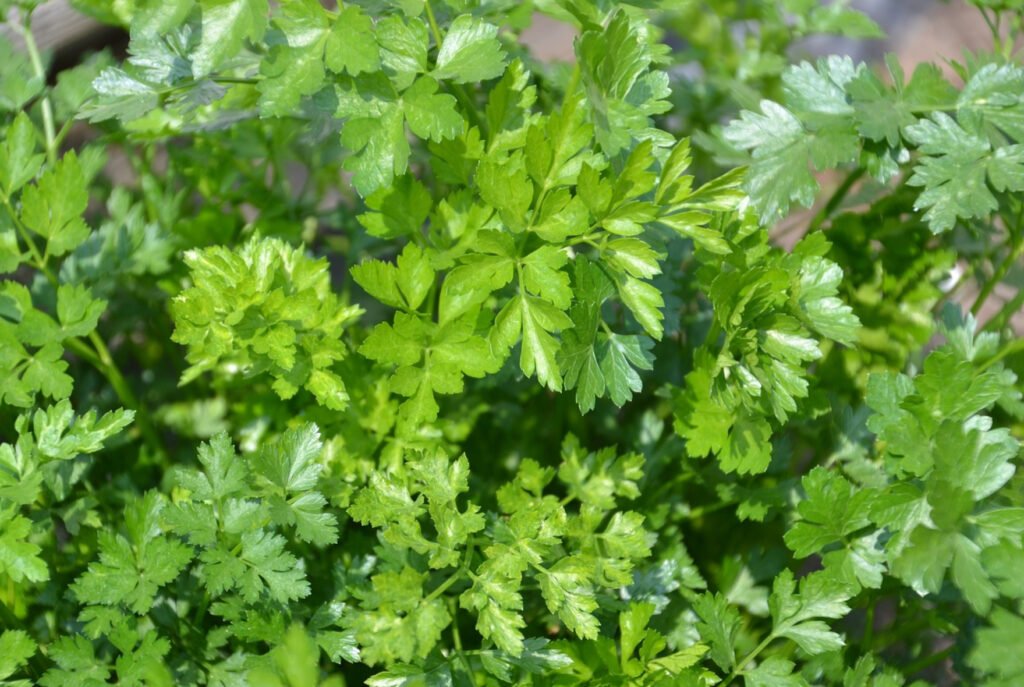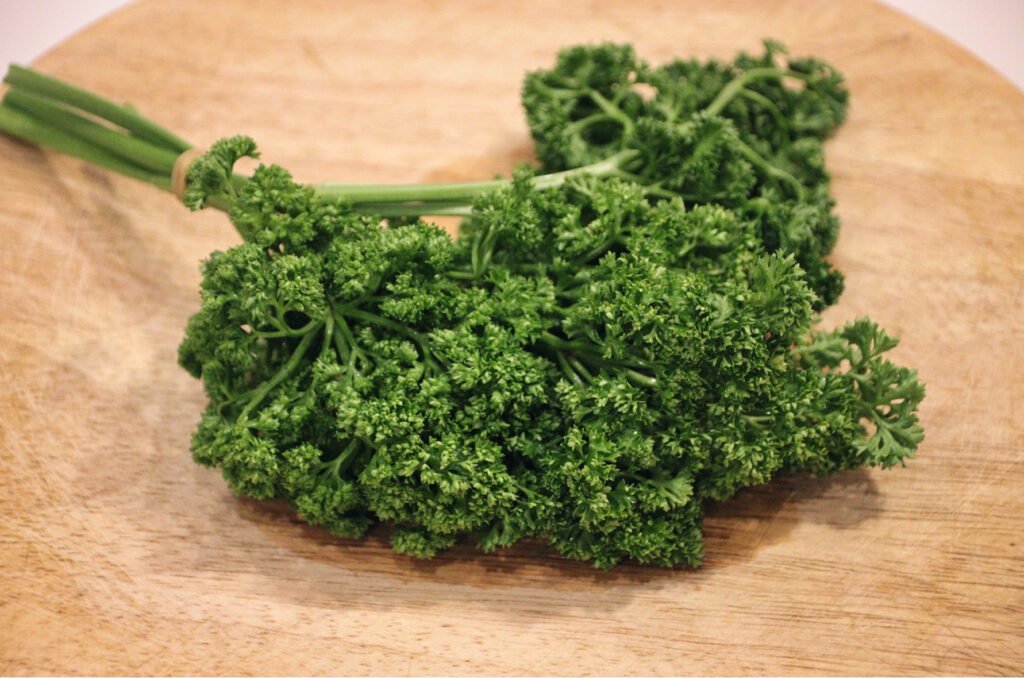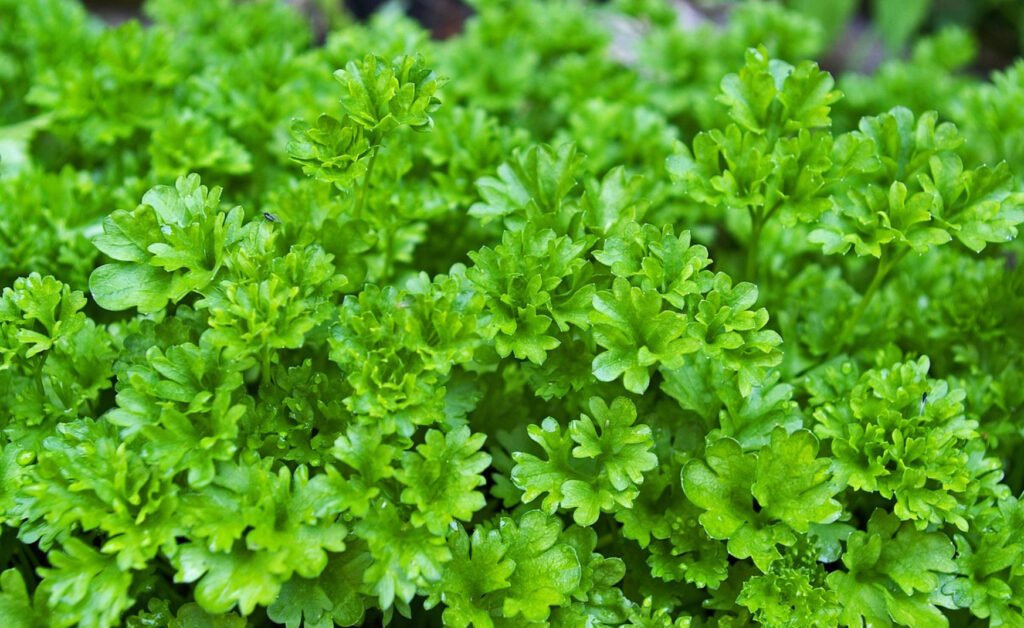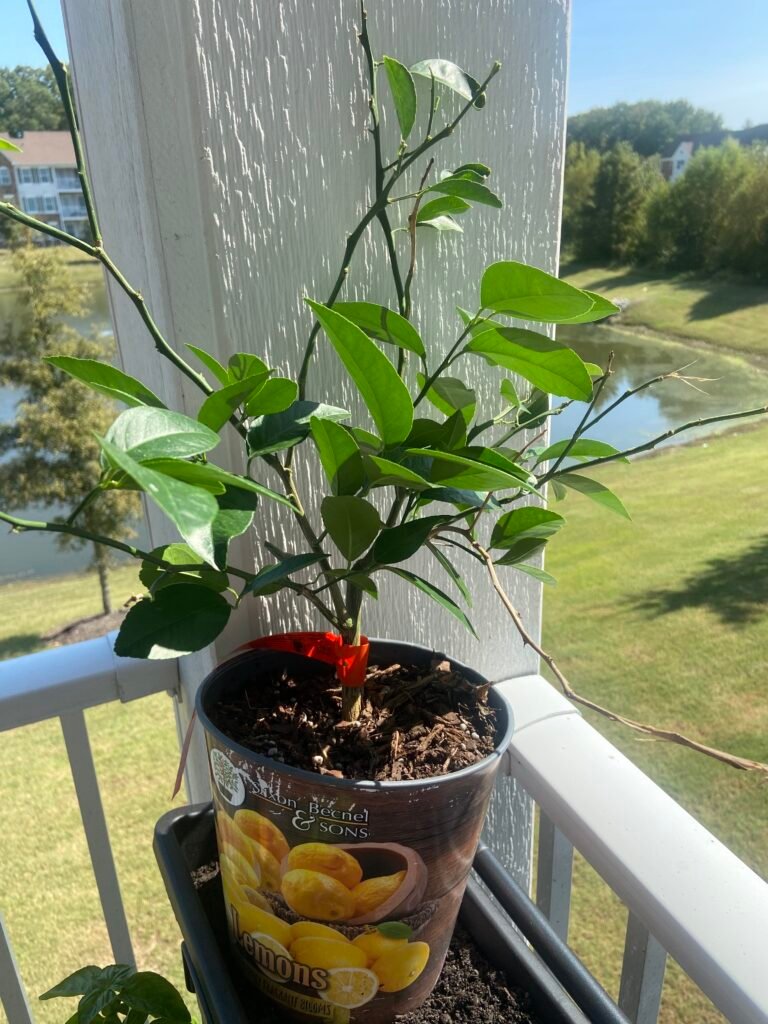When and how can you plant and care for parsley?
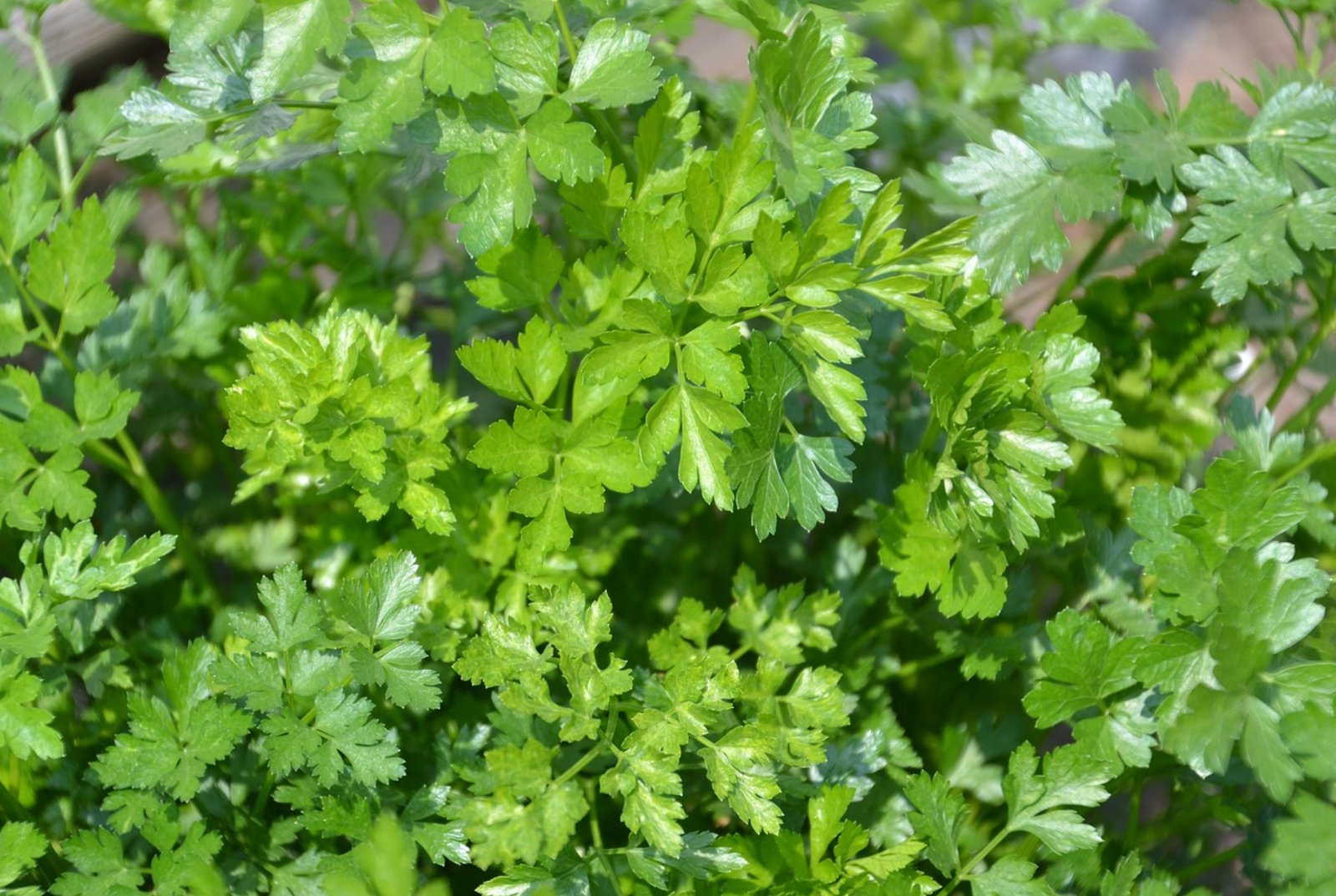

Key Points for Planting and Caring for Parsley
- Plan for cool weather: Parsley grows best in cool temperatures. Start indoors or plant outdoors in early spring or fall.
- Direct sow or transplant: You can direct sow seeds or start them indoors, but soaking seeds helps speed up germination.
- Water consistently: Keep the soil moist but not soggy, especially for container-grown parsley.
- Prune regularly: Harvest frequently to encourage bushy growth and prevent bolting.
- Fertilize lightly: Parsley doesn’t need much fertilizer. Monthly feeding or compost enrichment is usually sufficient.
what are the different kinds of parsley?
Parsley is a versatile herb, and there are several different varieties, each with its own distinct characteristics in terms of appearance, flavor, and culinary use. Here are the main types of parsley:
1. Curly Leaf Parsley (Petroselinum crispum)
- Appearance: This variety is known for its tightly curled, bright green leaves.
- Flavor: Mild, fresh, and slightly peppery. It is often used as a garnish due to its decorative appearance.
- Uses: Commonly used in salads, soups, and as a garnish. It’s the variety often seen as a finishing touch on dishes.
2. Flat Leaf Parsley (Petroselinum crispum var. neapolitanum)
- Appearance: Flat leaves, resembling cilantro or celery tops.
- Flavor: Stronger and more robust than curly parsley, with a peppery, slightly bitter taste.
- Uses: Preferred in cooking for its stronger flavor. It is used in dishes like tabbouleh, and chimichurri, and in various Mediterranean and Middle Eastern cuisines.
3. Hamburg Parsley (Petroselinum crispum var. tuberosum)
- Appearance: Grown for its thick, edible root rather than the leaves, which are coarse and less flavorful.
- Flavor: The root tastes like a cross between parsley and carrot, while the leaves have a mild parsley taste but are tougher.
- Uses: The root is commonly used in soups, stews, and roasted vegetable dishes, similar to parsnip. The leaves can be used as a garnish but are not as commonly consumed.
4. Japanese Parsley (Mitsuba – Cryptotaenia japonica)
- Appearance: This variety has three-lobed leaves that look somewhat like a mix of parsley and celery.
- Flavor: It has a subtle, mildly herbal taste with hints of celery and parsley.
- Uses: Common in Japanese cuisine, often used fresh in salads, soups, and as a garnish.
5. Italian Giant Parsley
- Appearance: Similar to flat-leaf parsley but with larger, broader leaves and a more vigorous growth habit.
- Flavor: Strong, bold flavor, making it ideal for recipes where parsley is a key ingredient.
- Uses: Great for making sauces like gremolata or parsley pesto, as well as adding flavor to soups and stews.
Parsley is a versatile herb that can be grown both indoors and outdoors. It is relatively easy to care for and can be a great addition to any garden or kitchen windowsill. Here’s a detailed guide on when and how to plant and care for parsley:
When to Plant Parsley
- Indoor: You can start parsley seeds indoors year-round, but it’s best to begin 6–8 weeks before the last frost if you plan to transplant outdoors.
- Outdoor: Plant parsley outdoors in early spring, 2–4 weeks before the last frost. You can also plant in the fall in warmer climates where winter temperatures stay above freezing. It is a cool-season herb, and it can handle light frost.
How to Plant Parsley
Location
- Indoor: Place parsley in a location where it can receive at least 6 hours of sunlight daily, like a sunny windowsill or under grow lights.
- Outdoor: Choose a spot in your garden that gets full sun to partial shade. Parsley can tolerate some shade, especially in hotter climates.
Soil Requirements
- Soil type: Parsley prefers rich, well-drained soil that is high in organic matter.
- pH: The soil should be slightly acidic to neutral, with a pH range of 6.0–7.0.
Container Planting (Indoors or Outdoors)
- Container size: Use a container that is at least 8–12 inches deep for growing parsley. Larger containers are better if you plan to grow multiple plants.
- Drainage: Ensure the container has drainage holes to prevent water from pooling.
- Soil: A high-quality potting mix with good moisture retention and drainage is best for container planting.
Planting and Preparing
- Seed starting: Soak parsley seeds in warm water for 12–24 hours before planting to help speed up germination, as parsley seeds can take a long time to sprout (2–4 weeks).
- Depth: Sow seeds ¼ inch deep, and cover lightly with soil.
- Spacing: If planting in the garden, space plants 6–8 inches apart in rows spaced about 12–18 inches apart. For container growing, you can plant more densely but give each plant enough room to grow.
How to Care for Parsley
Watering
- Consistency: Keep the soil evenly moist but not waterlogged. Parsley prefers consistent moisture, especially when grown in containers where soil can dry out faster.
- Method: Water at the base of the plant to avoid wetting the leaves and reduce the risk of fungal diseases.
Sunlight
- Indoor: Provide parsley with at least 6 hours of sunlight per day. Use grow lights if needed, especially during winter months or in low-light environments.
- Outdoor: Parsley thrives in full sun to partial shade. In hot climates, some afternoon shade can help prevent the plants from wilting or drying out.
Temperature
- Parsley grows best in temperatures between 50–70°F (10–21°C). It can tolerate light frost but will struggle in extreme heat. In warmer climates, consider planting in fall or providing shade during the hottest part of the day.
Fertilizing
- Type: Use a balanced organic fertilizer or a slow-release fertilizer once a month during the growing season. Parsley doesn’t require heavy feeding but benefits from soil enriched with compost.
- Amount: Avoid over-fertilizing, as this can cause excessive leaf growth and less flavor.
Pruning
- Harvesting leaves: Regularly trim the outer leaves of the parsley plant to encourage new growth and keep the plant healthy. Always leave the inner stems intact to allow the plant to continue producing leaves.
- Promote bushy growth: To keep parsley from getting leggy, trim back stems regularly and remove any flowers as they appear. Once parsley flowers, it will begin to set seed and die back.
How to Grow Parsley in Cold and Warm Climates
- Cold Climate:
- Parsley is frost-tolerant and can survive light frosts. You can grow it in the spring and fall, and even throughout the winter with some protection, such as row covers or cold frames.
- If winters are harsh, consider bringing pots indoors or covering plants with mulch to protect them from freezing temperatures.
- Warm Climate:
- In hot climates, plant parsley in the fall, winter, or early spring when temperatures are cooler.
- Provide some shade during the hottest part of the day to prevent the plants from bolting (going to seed).
- Water frequently to keep the soil moist and cool.
Pests and Diseases
- Common Pests: Aphids, cutworms, and spider mites can be problems for parsley. Organic insecticides like neem oil or insecticidal soap can help control pests.
- Diseases: Parsley can be susceptible to fungal diseases such as powdery mildew and root rot, especially if the soil is too wet. Ensure good air circulation and avoid overwatering.
Harvesting Parsley
- When to harvest: You can start harvesting parsley when the plant has grown to about 6–8 inches tall. Begin by cutting the outer leaves and stems, leaving the inner parts of the plant to continue growing.
- Method: Use scissors or pruners to snip stems at the base. Regular harvesting encourages the plant to produce more leaves.
- Frequency: Parsley can be harvested continuously throughout the growing season. Regular trimming will keep the plant bushy and productive.
Key Points for Planting and Caring for Parsley
- Plan for cool weather: Parsley grows best in cool temperatures. Start indoors or plant outdoors in early spring or fall.
- Direct sow or transplant: You can direct sow seeds or start them indoors, but soaking seeds helps speed up germination.
- Water consistently: Keep the soil moist but not soggy, especially for container-grown parsley.
- Prune regularly: Harvest frequently to encourage bushy growth and prevent bolting.
- Fertilize lightly: Parsley doesn’t need much fertilizer. Monthly feeding or compost enrichment is usually sufficient.
